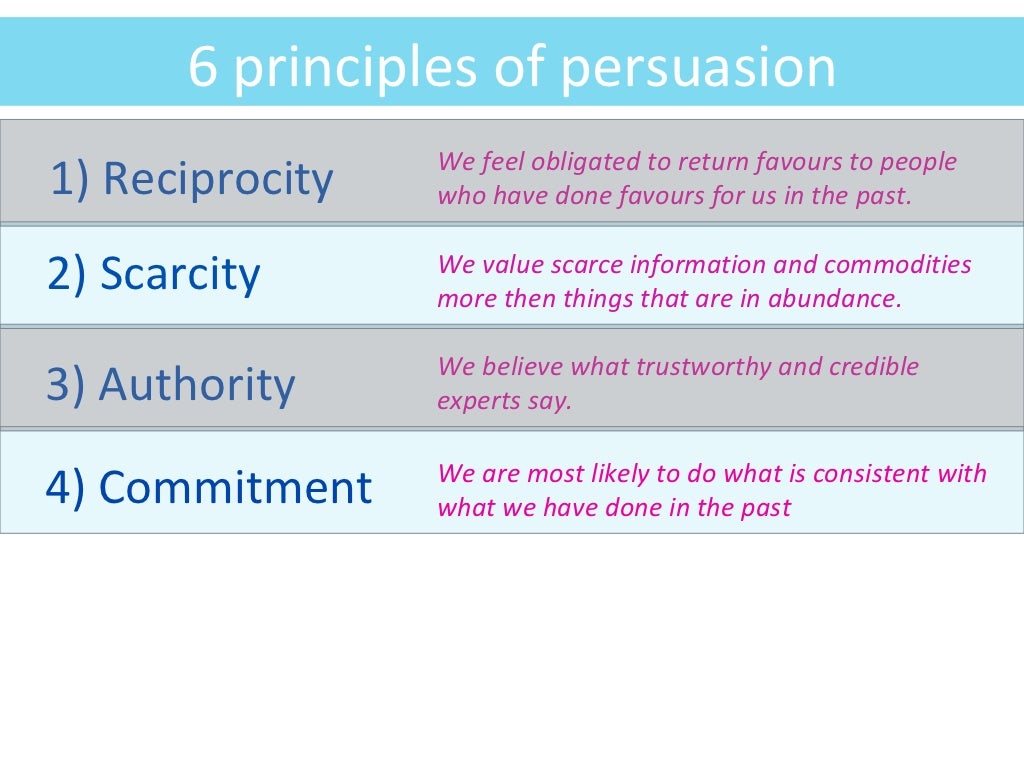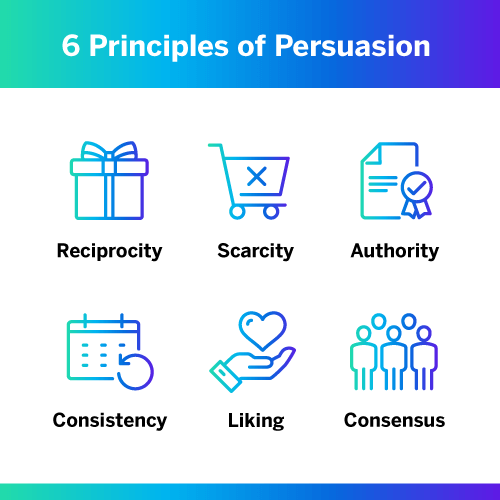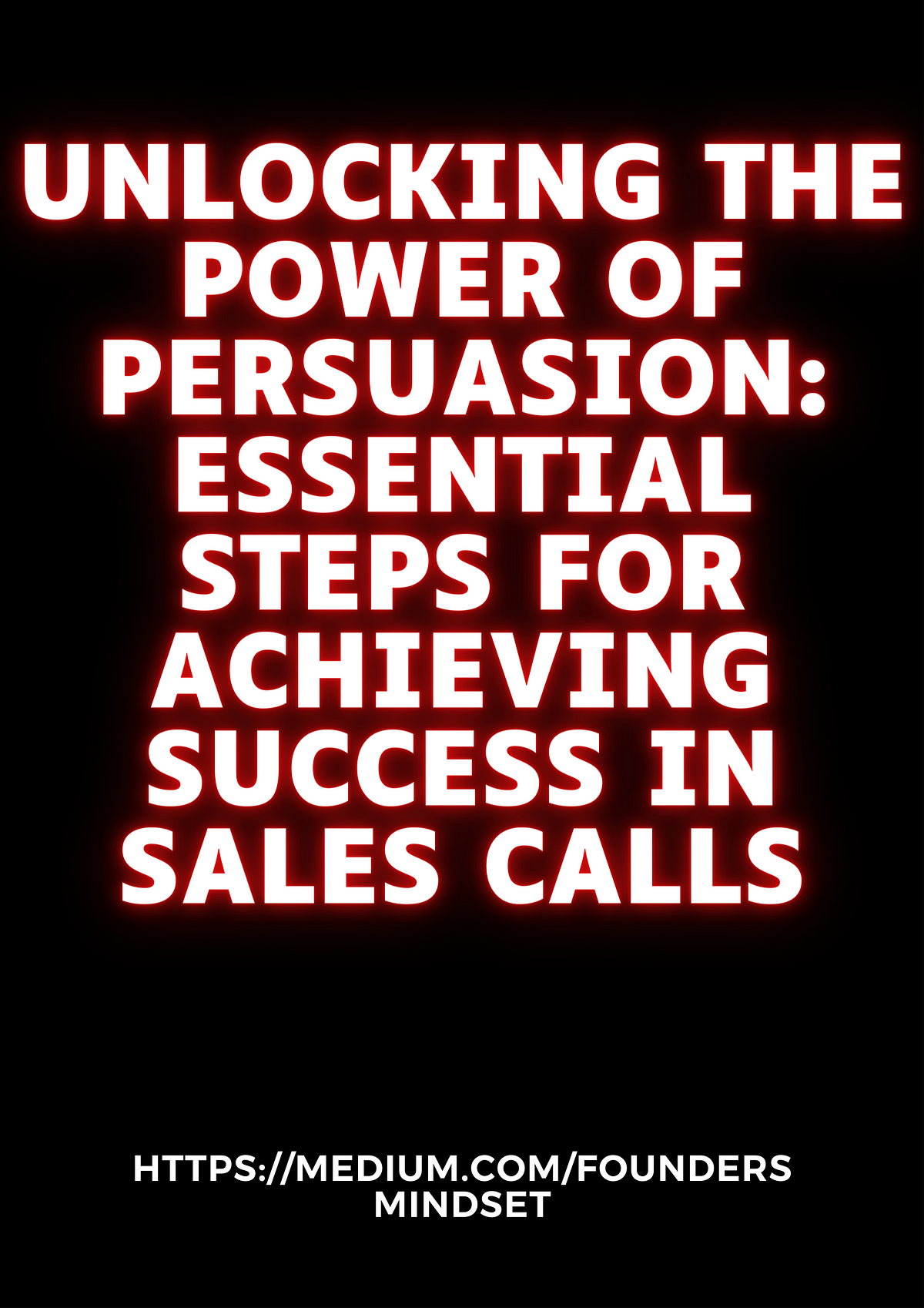Unlocking the Power of Persuasion: A Guide to Communicating Your Product’s Value

As an architect and interior design expert, I’ve learned that the most successful projects are built on a foundation of clear communication. Just like a well-designed building, a compelling product presentation needs to be thoughtfully planned, structured, and presented to resonate with your audience.
To help you craft a persuasive message for your product or service, let’s dive into the key elements of effective communication:
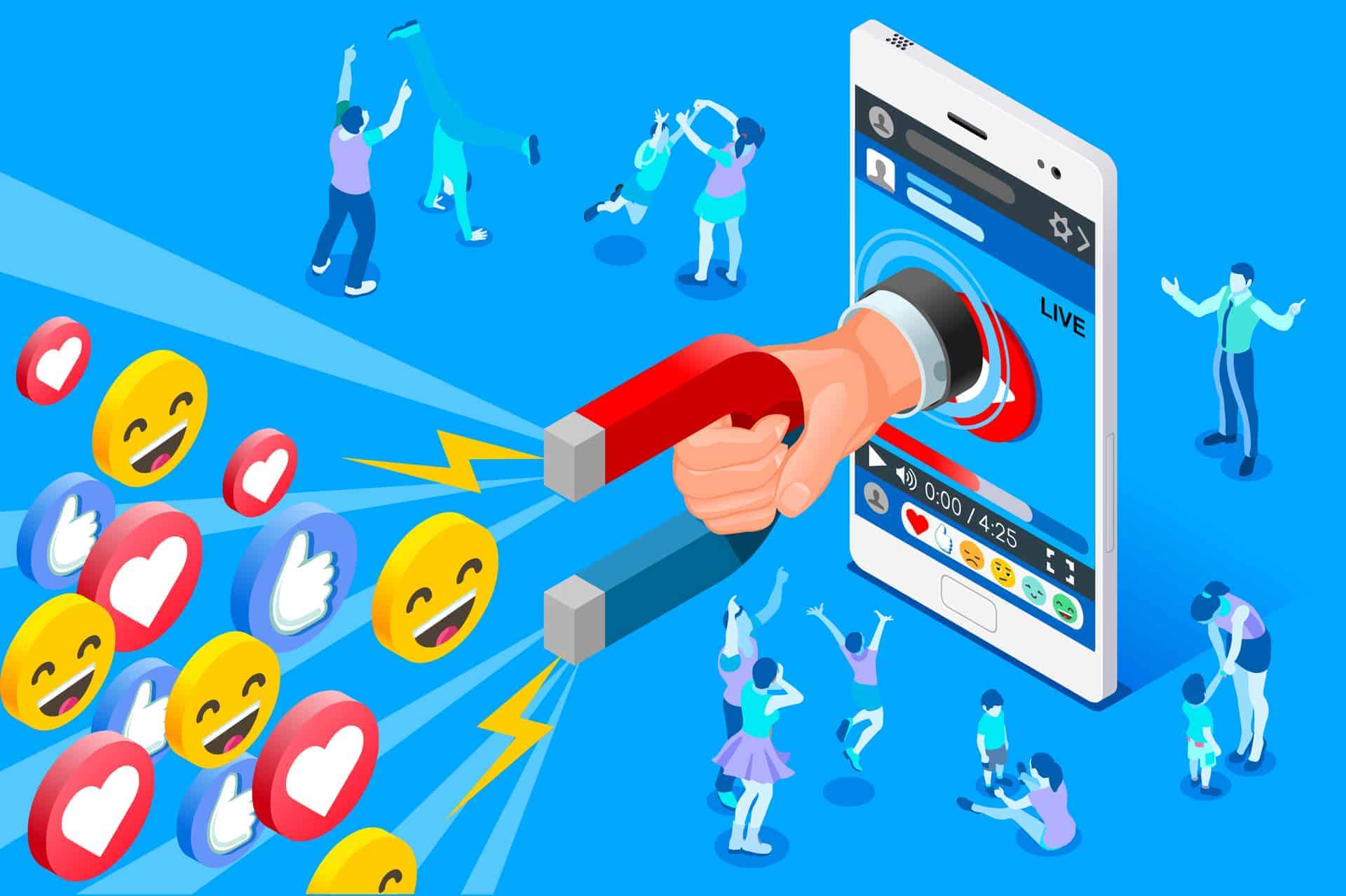
1. Understanding Your Ideal Customer:
Before we can talk about features and benefits, we need to understand who we’re talking to. Imagine your ideal customer. What are their needs, desires, and pain points? What are their goals, values, and lifestyle?
For example:

- Product: A high-end, sustainable, and customizable kitchen countertop.
- Ideal Customer: A busy professional who values quality, eco-consciousness, and personalized design. They want a kitchen that reflects their personality and lifestyle, and they’re willing to invest in high-quality materials.

2. Identifying Key Features and Benefits:
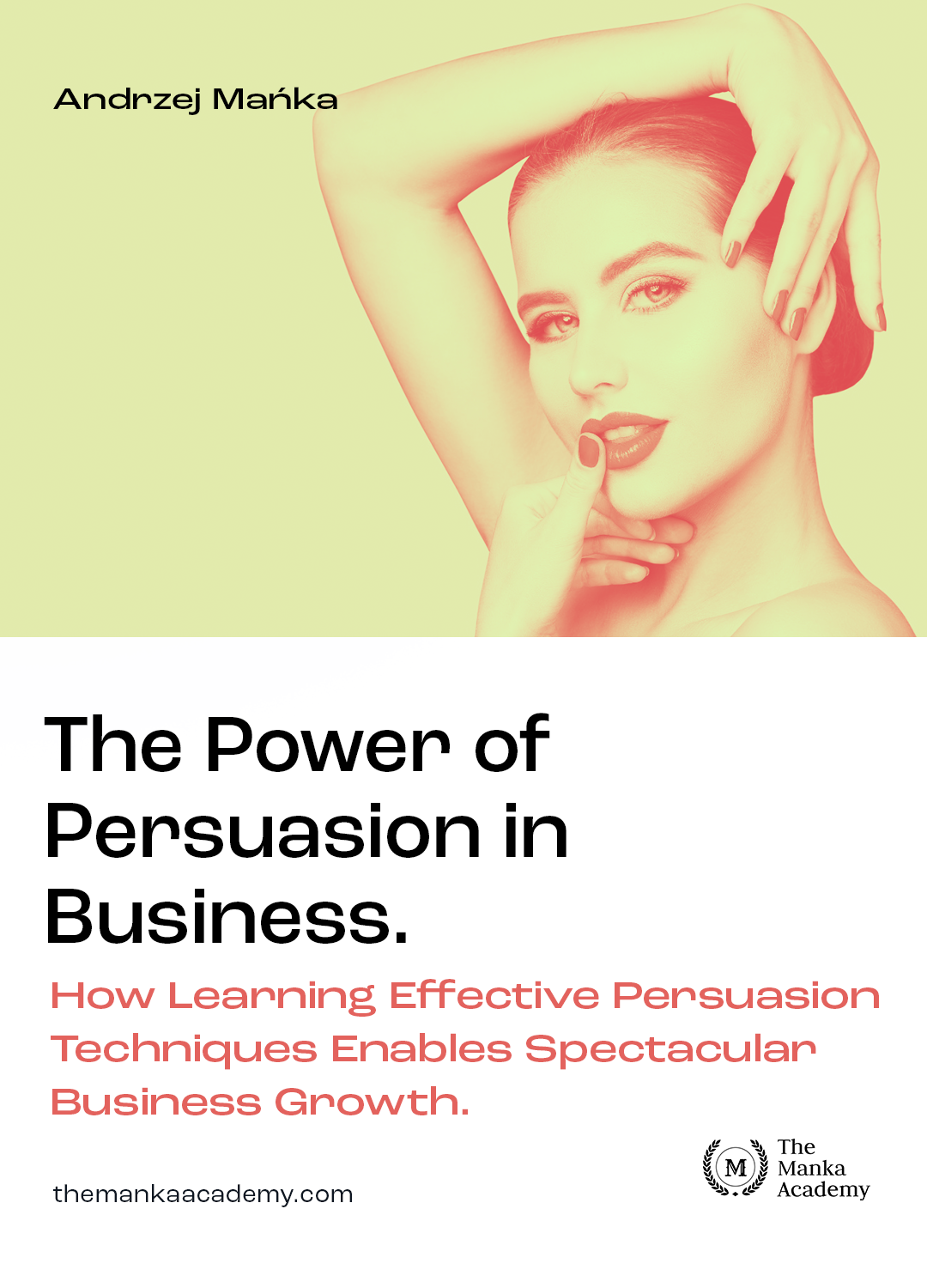
Once you understand your target audience, you can identify the features and benefits that matter most to them.
Features: What your product is and does. They are the tangible attributes of your product.

Benefits: What your product does for the customer. They are the intangible advantages that your product provides.
Here’s a breakdown of how to translate features into benefits:

| Feature | Benefit | Example |
|---|---|---|
| Durable, scratch-resistant surface | Long-lasting beauty, minimal maintenance | "Our countertops are made from a highly durable material that resists scratches and stains, so you can enjoy their pristine look for years to come." |
| Customizable design options | Personalized kitchen that reflects your unique style | "Choose from a wide range of colors, patterns, and finishes to create a countertop that perfectly complements your kitchen’s aesthetic." |
| Sustainable, eco-friendly materials | Reduce your environmental impact and create a healthier home | "Our countertops are made from recycled materials, minimizing our environmental footprint and ensuring a healthier living space for you and your family." |
3. Creating a Compelling Narrative:
Now that you have a clear understanding of your customer and their needs, you can craft a compelling narrative that showcases the value of your product.
Here are some storytelling techniques to consider:
- Focus on the customer’s problem: Start by highlighting the challenges your ideal customer faces. This creates an emotional connection and makes them more receptive to your solution.
- Introduce your product as the solution: Present your product as the answer to their problem, emphasizing how it solves their specific needs.
- Highlight the benefits, not just the features: Don’t just list the features of your product; explain how those features translate into tangible benefits for the customer.
- Use vivid language and imagery: Paint a picture of how your product can improve the customer’s life. Use evocative language, compelling visuals, and real-life examples to create a memorable experience.
4. Structure Your Presentation:
The way you present your product’s features and benefits is just as important as the content itself.
Here are some effective presentation structures:
- Problem-Solution-Benefit: This classic structure addresses the customer’s pain point, introduces your product as the solution, and highlights the resulting benefits.
- Feature-Benefit-Proof: This structure showcases a feature, explains its benefit, and provides evidence or testimonials to support the claim.
- Storytelling: This approach uses a narrative to connect with the customer on an emotional level and highlight the product’s value through a relatable story.
5. Tailoring Your Message:
Remember, the key to effective communication is tailoring your message to your specific audience.
Here are some tips for adapting your message to different audiences:
- Identify the audience’s unique needs and concerns: What are their priorities? What are their pain points?
- Use language that resonates with them: Adapt your vocabulary and tone to match the audience’s level of understanding and interests.
- Focus on the benefits that matter most to them: Highlight the benefits that are most relevant to their specific needs and desires.
6. Using Visuals:
Visuals are a powerful tool for conveying information and engaging your audience.
Here are some tips for incorporating visuals into your presentation:
- Use high-quality images and videos: Choose visuals that are relevant, eye-catching, and professional.
- Create a visual hierarchy: Use visuals to guide the audience’s attention and emphasize key points.
- Keep it simple and clear: Avoid clutter and ensure that your visuals are easy to understand.
7. Building Trust and Credibility:
Building trust and credibility is essential for convincing potential customers to choose your product or service.
Here are some strategies for establishing trust:
- Provide evidence and testimonials: Share data, case studies, and customer testimonials to support your claims.
- Highlight your expertise and experience: Showcase your knowledge and track record in the industry.
- Be transparent and honest: Be upfront about the limitations of your product and address potential concerns.
- Offer guarantees and warranties: Show that you stand behind your product and are confident in its quality.
8. The Power of a Call to Action:
Once you’ve effectively communicated the value of your product, you need to guide your audience to take the next step.
Here are some effective call to action strategies:
- Make it clear and concise: Use direct and actionable language to tell your audience exactly what you want them to do.
- Create a sense of urgency: Encourage immediate action by highlighting limited-time offers, exclusive deals, or other incentives.
- Provide multiple options: Offer a range of call to action options to cater to different preferences and levels of engagement.
Remember:
Effective communication is an ongoing process. Continuously evaluate your messaging, gather feedback, and adapt your approach to ensure that you are effectively communicating the value of your product to your target audience. By following these tips, you can create a compelling narrative that resonates with your customers and drives sales.

